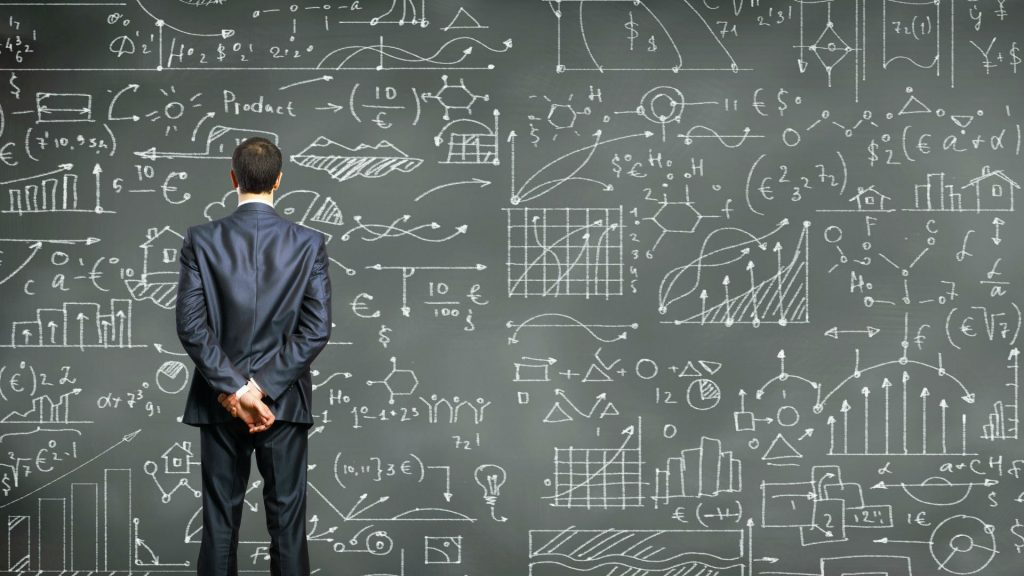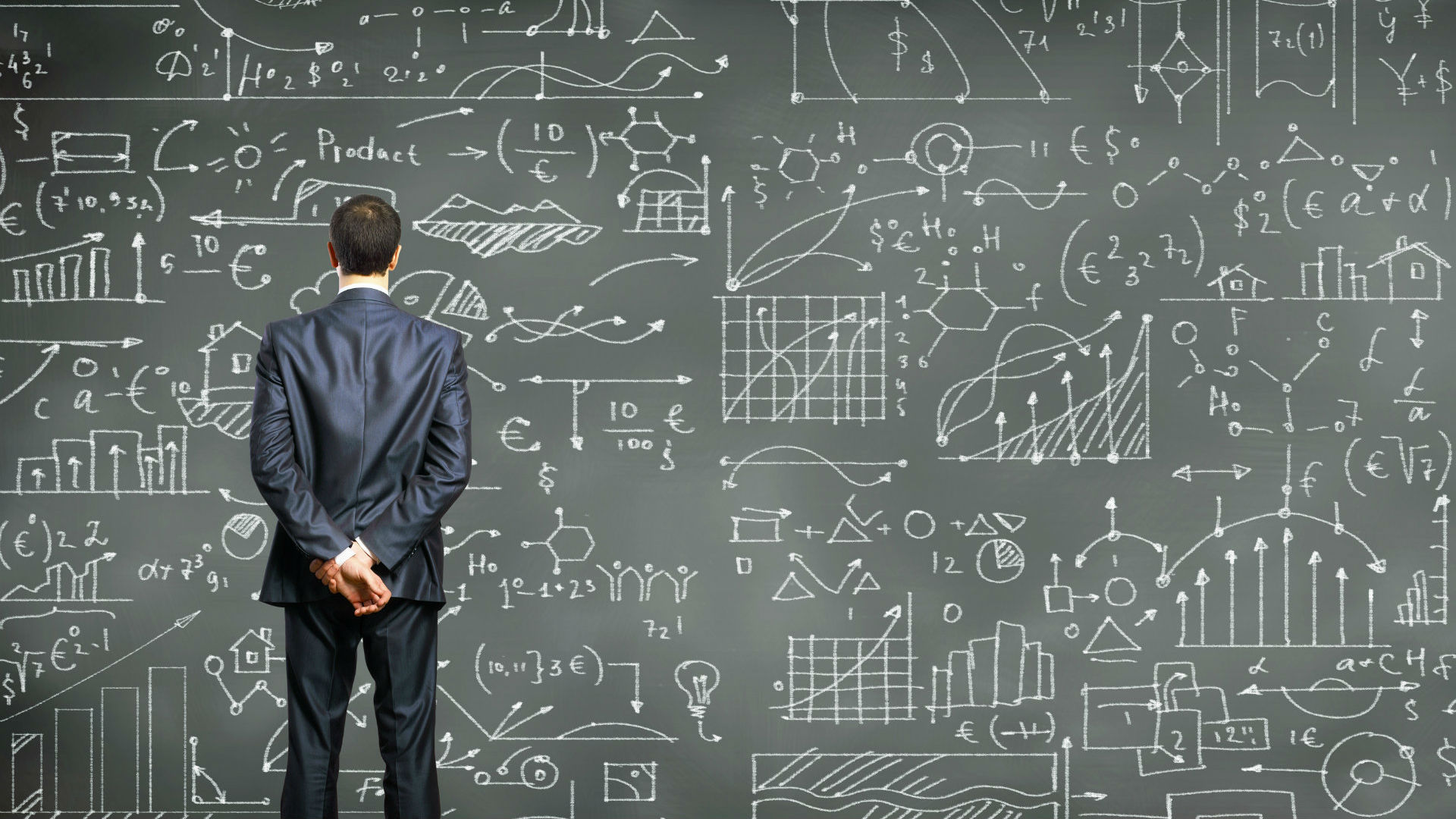The Accounting Cycle: 9-Step Accounting Process – Financial information is given in reports called financial statements. But before they can be prepared, accountants require to assemble information about business transactions, then record and collect them to come up with the values to be given in the reports.
The cycle does not finish with the presentation of financial statements. Subsequent steps are required to be done to assemble the accounting system for the next cycle.
Now we discuss here Accounting Cycle Steps :
1. Identifying and Analyzing Business Transactions :
The accounting procedure begins with identifying and analyzing business transactions and events. Not all entire transactions and events are entered into the accounting system. Only those that relate to the business entity consist of in the process.
The transactions identified are then analyzed to resolve the accounts distressed and the amounts to be recorded.
The first step consists of the preparation of business documents, or source documents. A business document is the basis for recording a transaction.

2. Recording in the Journals :
A journal is a book – paper or electronic – in which transactions are listed. Business transactions are recorded utilizing the double-entry bookkeeping system. They are recorded in journal entries consisting of at least two accounts.
To simplify the recording process, special journals are commonly utilized for transactions that persist generally like sales, purchases, cash receipts, and cash disbursements. A general journal is utilized to record those that cannot be entered in the special books.
3. Posting to the Ledger :
The ledger is a compilation of accounts that shows the modification made to each account as a result of past transactions, and their current balances.
After posting all transactions to the ledger, the balances of each account can now be decisive.
For instance, all journal entry debits and credits made to Cash would be transferred into the Cash account in the ledger. We will be capable of calculating the expansion and decreases in cash; thus, the ending balance of Cash can be determined.
4. Unadjusted Trial Balance :
A trial balance is prepared to test the coordination of the debits and credits. All account balances are obtained from the ledger and organize in one report. Eventually , all debit balances are added. All credit balances are also added. Total debits should be equal to total credits.
When errors are discovered, correcting entries are made to improve them or reverse their effect. Take note however that the aim of a trial balance is only to test the equality of total debits and total credits and not to regulate the exactness of accounting records.
Some errors could exist even if debits are equal to credits like double posting or failure to record a transaction.
5. Adjusting Entries :
Adjusting entries are prepared as an application of the increase basis of accounting. At the end of the accounting period, some expenses may have been acquired but not yet recorded in the journals. Some income may have been acquired but not entered in the books.
Adjusting entries are prepared to update the accounts before they are shorten in the financial statements.
6. Adjusted Trial Balance :
An adjusted trial balance may be prepared after adjusting entries are made and before the financial statements are arranged. This is to test if the debits are equal to credits after modify entries are made.
7. Financial Statements :
When the accounts are already up-to-date and equality between the debits and credits have been tested, the financial statements can now be arranged.
A complete set of financial statements is made up of: (1) Statement of Comprehensive Income, (2) Statement of Changes in Equity, (3) Statement of Financial Position or Balance Sheet, (4) Statement of Cash Flows (5) Notes to Financial Statements.
8. Closing Entries :
Temporary or nominal accounts, i.e. income statement accounts, are closed to arrange the system for the next accounting period. Temporary accounts consist of income, expense, and withdrawal accounts. These items are deliberate regularly.
The accounts are closed to a summary account (generally, Income Summary) and then closed further to the appropriate capital account. Collect note that closing entries are made only for temporary accounts. Real or permanent accounts, i.e. balance sheet accounts, are not closed.
9. Post-Closing Trial Balance :
It is arranged to test the equality of debits and credits after closing entries are made. Since temporary accounts are earlier closed at this point, the post-closing trial balance consists of real accounts only.
10. Reversing Entries: Optional step at the starting of the new accounting period :
Reversing entries are optional. They are arranged at the starting of the new accounting period to ease a smoother and more consistent recording process.
If you want to learn more about this then Accounting Courses in Chandigarh And Tally Training in Chandigarh is the right place for you.
